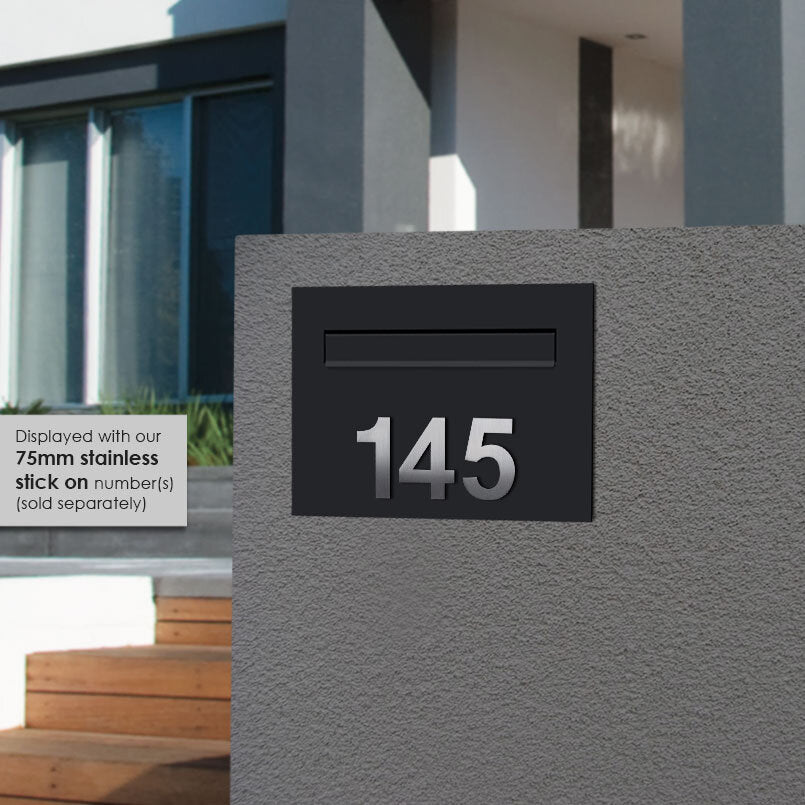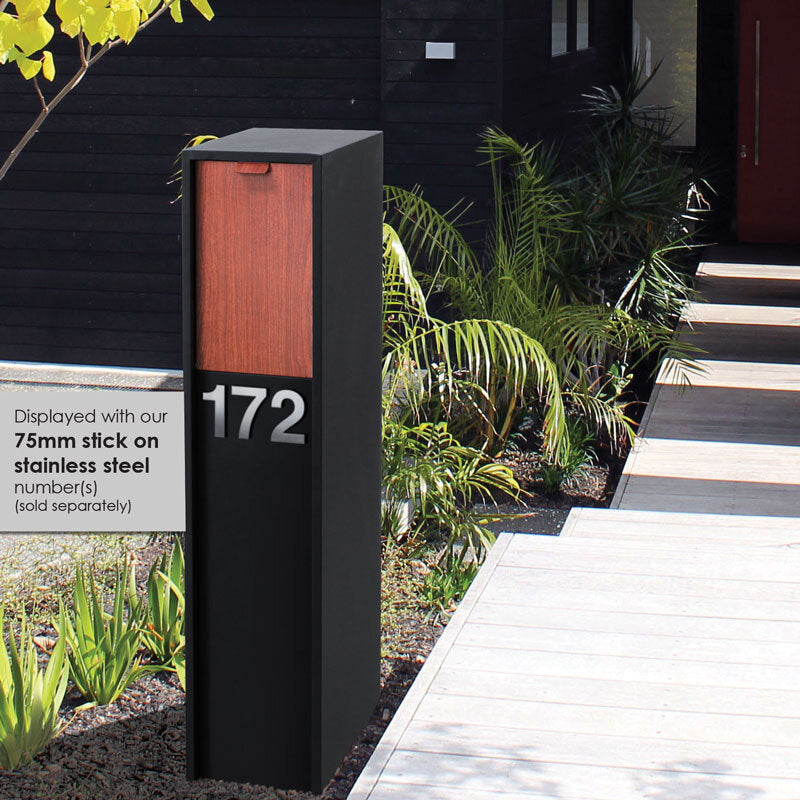Maximizing Property Identification with an Effective House Number
In a world where precision and efficiency dictate much of our daily exchanges, identifiable house numbers cannot be underestimated. From emergency services to delivery personnel, quickly locating a residence or business saves time, reduces stress, and enhances the overall flow of services. This article explores the crucial role of house numbers in property identification and suggests best practices to optimize their visibility and effectiveness.

Importance of Maximizing Property Identification
A. Value for Emergency Services
For emergency services, every second counts. Ambulances, fire engines, and police vehicles rely on house numbers to locate the scene of an incident as swiftly as possible. In emergencies, a delay of a few minutes can have dire consequences. Therefore, ensuring that house numbers are easily visible and recognisable from the street becomes not just a matter of convenience, but of critical safety. This necessity forms the bedrock of why maximising property identification is essential.
B. Importance for Deliveries or Services
The rise in online shopping and home delivery services has made the clarity of house numbers https://www.aussieclotheslines.com.au/collections/house-numbers more significant than ever. Delivery personnel, who often navigate tight schedules, need to identify properties quickly to ensure timely and correct deliveries. Clear house numbers reduce the risk of misdelivering parcels, which can be frustrating and sometimes costly. For businesses, this clarity can improve efficiency and customer satisfaction, impacting business positively.
C. Role in Preventing Miscommunications or Mishaps
Beyond emergencies and deliveries, clear house numbers play a pivotal role in preventing everyday miscommunications and mishaps. Visitors, including friends and family, depend on easily decipherable house numbers to locate addresses. Moreover, utility services and public officials also rely on clearly marked houses to perform their duties efficiently. In this context, house numbers serve as a primary interface between the public and the private, facilitating interactions and transactions seamlessly.
Best Practices for Maximizing Property Identification with House Numbers
A. Ensuring Visibility from the Street
One fundamental rule in the effective display of house numbers is ensuring they are visible from the street. This means considering the size, height, and positioning of the numbers. They should be large enough to be read from a distance and placed at eye level or higher, unobscured by any obstacles such as bushes or parked vehicles. Reflective or high-contrast materials can enhance visibility, particularly against the background they are set on.
B. Maintaining Clarity During Day and Night
Visibility at all hours is crucial, particularly for properties located on busy or poorly lit streets. Utilising reflective or illuminated house numbers can significantly aid in this. Solar-powered or LED-lit house numbers are an excellent choice for maintaining visibility after dark without increasing energy costs substantially. These options ensure that the numbers are not only environmentally friendly but also economical in the long run.

C. Creating Distinctiveness through Design
While functionality should never be sacrificed for aesthetics, choosing a distinctive design for house numbers can subtly but effectively enhance the curb appeal of a property. There are endless possibilities when it comes to styles, fonts, and materials, which can complement the overall architecture of the building and reflect personal tastes.
D. Regular Updating or Maintenance of House Numbers
Like any other aspect of a property, house numbers can deteriorate over time. Regular maintenance or timely updating of house numbers is essential to ensure they remain clear and legible. This includes cleaning them regularly, checking for any needed repairs, and ensuring they are securely attached and free from obstruction. A well-maintained house number not only serves its functional purpose but also contributes to the overall aesthetics of the property façade.
Conclusion
Maximizing property identification through effective house numbers is a small but significant step that holds immense value in daily logistics and safety. By adhering to best practices such as ensuring visibility, maintaining clarity day and night, choosing distinctive designs, and committing to regular maintenance, property owners can profoundly impact the efficiency of services and the safety of their environments. With thoughtful consideration, house numbers can do more than just mark a property; they can ensure a smooth, safe, and aesthetically pleasing interface with the world.
